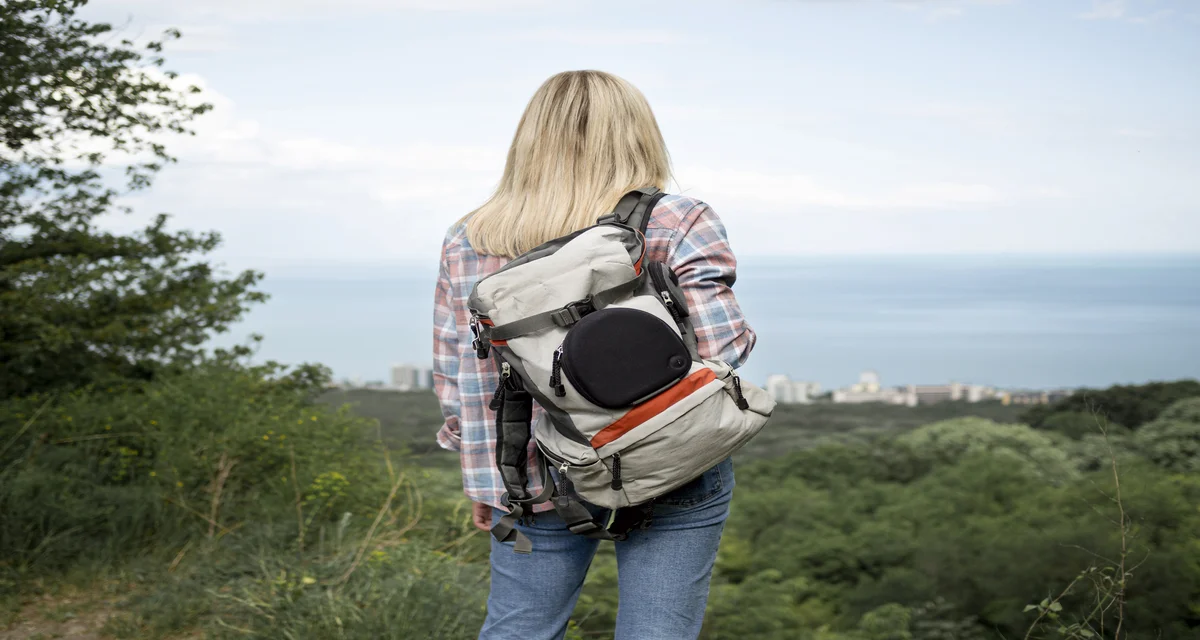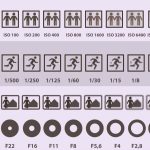In the midst of nature’s majesty, where rugged landscapes meet breathtaking landscapes, backpacking is more than just a journey; Each photo turns out to be an exploration that will capture the very essence of the wild. In this age of digital memory, where memories are woven together over pixelated images, choosing the right camera for a backpack isn’t just an option; It is an important decision. It’s a delicate balance of portability and accuracy, a tour discovery machine that can not only capture the beauty of the great outdoors but also cope with the demands of the roads.
As we hit the road to find the best backpacking cameras, we begin our quest to find not only amazing camera technology but a companion who can turn our fleeting adventure into a permanent one a tribute to the wonders of nature. Join us as we explore the nuances and qualities of these cameras, which, like fellow travelers, stop time in the middle of an untamed wilderness
Of course, here’s a list of 10 of the best cameras for backpacking, along with their reviews, pros, and cons:
Sony Alpha a6000 Series
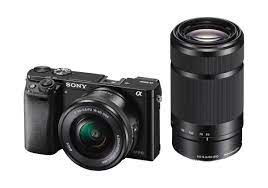
Review: The Sony a6000 series offers exceptional image quality and advanced features in a compact package. Its interchangeable lenses and fast autofocus make it a favorite among backpacking photographers.
Pros: Excellent image quality, compact size, interchangeable lenses, quick autofocus.
Cons: Limited weather sealing, complex menus for beginners.
Canon PowerShot G7 X Mark III:
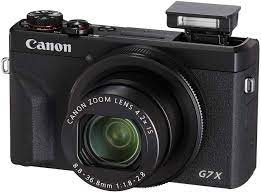
Review: Canon’s G7 X Mark III is a versatile point-and-shoot camera suitable for backpackers who prioritize portability without sacrificing image quality. Its flip-up touchscreen is ideal for vlogging on the go.
Pros: Compact design, good image quality, fast autofocus, flip-up touchscreen.
Cons: Smaller sensor, limited zoom range, lacks weather-sealing.
Fujifilm X-T Series:
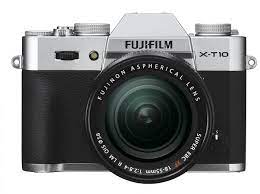
Review: The Fujifilm X-T series boasts outstanding image quality, retro aesthetics, and a wide range of lenses. Its film simulation modes provide a unique touch to your backpacking photos.
Pros: Stylish design, exceptional image quality, manual control options, film simulation modes.
Cons: Heavier compared to some alternatives, higher price range.
Olympus OM-D E-M10 Mark III:

Review: The E-M10 Mark III is a compact mirrorless camera with impressive built-in image stabilization and a variety of shooting modes. It’s a solid choice for backpackers seeking value and versatility.
Pros: Compact and lightweight, image stabilization, versatile shooting modes, good value.
Cons: Smaller sensor, limited lens selection, moderate battery life.
Panasonic Lumix DMC-LX10/LX15:
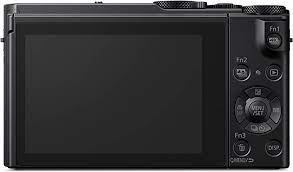
Review: Panasonic’s LX10/LX15 is a pocketable camera with a fast lens, making it great for low-light photography. It also offers 4K video recording and a touchscreen interface.
Pros: Compact size, fast lens, 4K video, touchscreen interface.
Cons: Limited zoom range, smaller sensor, not weather-sealed.
Nikon Z5:
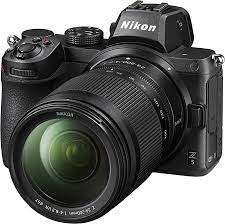
Review: The Nikon Z50 is a compact mirrorless camera with good image quality and compatibility with Nikon’ F-mount lenses. It’s well-suited for backpackers who appreciate Nikon’s camera system.
Pros: Good image quality, comfortable grip, compact size, F-mount compatibility.
Cons: Smaller lens selection, lower-resolution viewfinder.
GoPro Hero Series:
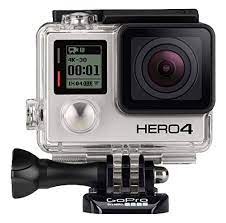
Review: GoPro Hero cameras are the go-to option for adventure enthusiasts. Their compact size, durability, and 4K video capabilities make them perfect for capturing action-packed moments on backpacking trips.
Pros: Compact and rugged, action-ready, 4K video capabilities.
Cons: Fixed wide-angle lens, limited manual controls for photography.
Sony RX100 Series:
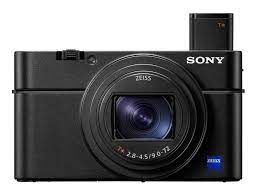
Review: The Sony RX100 series delivers excellent image quality in a compact form factor. These cameras offer advanced features like high-speed autofocus and 4K video, making them versatile.
Pros: Compact design, impressive image quality, advanced features.
Cons: Smaller sensor, limited zoom range, relatively higher cost.
Canon EOS M50 Mark II
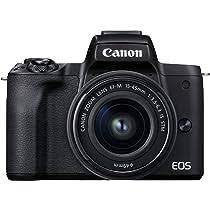
Review: The EOS M50 Mark II is a lightweight mirrorless camera with good image quality and an articulating touchscreen. It’s a capable option for backpackers who want a versatile camera.
Pros: Lightweight, good image quality, articulating touchscreen, 4K video.
Cons: Limited lens selection, not as advanced as some competitors.
Leica Q2:
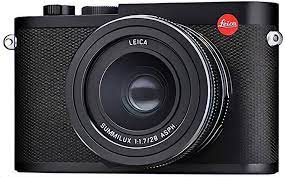
Review: The Leica Q2 is a premium compact camera with exceptional image quality and a full-frame sensor. It’s a luxury choice for backpackers who prioritize top-tier optics and build quality.
Pros: Superb image quality, full-frame sensor, premium build, built-in viewfinder.
Cons: High price point, heavier and bulkier, limited zoom range.
When choosing the best camera for backpacking, consider your personal preferences and needs, including image quality, portability, and the types of scenes you’ll be capturing on your journey.
FAQ About Best Cameras for Backpacking
Certainly, here’s a FAQ section addressing common questions about the best cameras for backpacking:
Q1: What type of camera is best for backpacking?
A1: The best camera for backpacking is typically a compact and lightweight one that doesn’t compromise on image quality. Mirrorless cameras and high-end compact cameras are popular choices due to their portability and versatile features.
Q2: Why not just use a smartphone for backpacking photography?
A2: While smartphones have improved their camera capabilities, dedicated cameras often offer better image quality, more advanced features, and greater versatility, especially in challenging lighting conditions or when zooming in on distant subjects.
Q3: What features should I prioritize in a backpacking camera?
A3: Prioritize features like portability, image quality, durability, and versatility. Look for cameras with weather sealing, interchangeable lenses (if desired), good battery life, and user-friendly interfaces.
Q4: Should I opt for a camera with interchangeable lenses?
A4: Cameras with interchangeable lenses offer versatility, allowing you to adapt to different shooting situations. However, they might add more weight and complexity to your backpack. Consider your photography preferences and willingness to carry additional lenses.
Q5: Are there cameras suitable for both photography and vlogging during backpacking?
A5: Yes, some cameras have flip-out or flip-up touchscreens, making them suitable for vlogging. Look for cameras with good autofocus and video capabilities if you want to capture both photos and videos
The Last Words
Finally, when it comes to selecting the ideal camera for your backpacking adventures, thoughtful consideration is essential. Opting for a lightweight and compact option ensures that the camera effortlessly integrates into your backpacking experience without adding unnecessary bulk. Additionally, prioritizing features such as ruggedness, weather resistance, and ease of use can guarantee that your chosen camera remains functional and reliable amidst the unpredictable conditions of the great outdoors. Remember also to assess the camera’s battery life and storage capabilities, as these factors can significantly impact your ability to capture moments during extended trips.
Ultimately, the best camera for backpacking is one that seamlessly melds with your exploratory spirit, enabling you to capture the breathtaking beauty of nature while embracing the freedom and excitement that backpacking offers. By making an informed choice and investing in the right camera, you can preserve memories that will transport you back to those stunning landscapes and cherished experiences for years to come.

